
Wildlife safari, Wilpattu national park
- Wilpattu national park, the largest national park in Sri Lanka is spreading across the northwest coastal lowland. It is located 188 km away from Colombo, 78 km from Kalpitiya, and 38 km from Anuradhapura. Wilpattu was declared a wildlife sanctuary in 1905 and upgraded as a national park in 1938 together with Yala.
Due to its varying biodiversity consist of dense forest, natural lakes, coastal belt, and open grasslands provide a natural habitat for various flora and fauna. The main attraction of Wilpattu is Leopards and Sloth bears. You have the best chance to spot and photograph Leopards near natural lakes in the park during your wildlife safari.
- Wilpattu national park, the largest national park in Sri Lanka is spreading across the northwest coastal lowland. It is located 188 km away from Colombo, 78 km from Kalpitiya, and 38 km from Anuradhapura. Wilpattu was declared a wildlife sanctuary in 1905 and upgraded as a national park in 1938 together with Yala.
Due to its varying biodiversity consist of dense forest, natural lakes, coastal belt, and open grasslands provide a natural habitat for various flora and fauna. The main attraction of Wilpattu is Leopards and Sloth bears. You have the best chance to spot and photograph Leopards near natural lakes in the park during your wildlife safari.
Most Striking Feature
- Wilpattu means “land of many natural lakes or villus” in Sinhala. There are about 42 natural lakes that are surrounded by white sand scattered inside the Park. It is believed that these villus were formed by a meteor falling a long time ago. That villus are providing a fantastic location for sighting animals and birds.
Landscape and Views
- The “Kudiramalai” area on the western border of the park has a unique terrain with red-colour soil which is not found anywhere else on the island. It is a truly wonderful sight to see. This type of soil gives evidence to the belief of meteor falling, which has, though, not been proven.
The red soil and clay structures are made out of the red and dark-brown earth.
There are rocky structures, with a blue-grey surface, studded with stunning vegetation of trees and shrubs. The vegetation holds onto their lives in the forceful wind and limestone reef on the beaches of the Kudiramalai area. The place will take you to a different world of wonder and awe.
History & Archaeology
- The history of the Kudiramalai area is also phenomenal. It was a famous ancient Port City with a natural harbour, opening into the Gulf of Mannar which was renowned for pearl banking.
The Aryan Prince named Vijaya, from Madura of India with his 700 followers, once came from sea to this mountainous area near the shore. Touching the sand on the shore, Vijaya’s troupe observed that their hands were getting reddish. Thus they named the land “Tambapanni” or “the land with reddish sand.”
The great Sri Lankan chronicle “Mahavamsa” referred that Price Vijaya settled down at the Tambapanni to become the founder of the Sinhala race. The remains of the settlements of the indigenous local people, who lived before Vijaya’s arrival, are located at Kalivillu, near Kudiramalai.
The archeological evidence confirms that the Kudiramalai area had been populated from the Mesolithic period. “Pomparippu” near Kudiramalai was a burial ground covering about 3-4 acres of land. Archeologists believe that the site may contain about 8,000 burial sites of remains of about 10,000-12,000 people.
According to French biblical scholar Samuel Bochart, who lived during King Soloman’s period (970-931 BC), the port called “Tarshish” which traded gold, pearl, ivory, and peacocks was referred to in the Old Testament of the Bible has resembled Kudiramalai. According to a Roman historian named Pliny, the Kudiramalai harbour had been named “Hipporus” during the period of Roman emperor Claudius (41-54 AD).
Biodiversity & Rare Species
- The Park lies completely within the dry zone. It has coastal vegetation including salt-grass and low scrub, immediately adjacent to the beach. Then enter 5-10 km into the land of low-scrub to find monsoon forests.
The Wilpattu national park is world-renowned for leopard watching. A remote-camera survey done from July to October 2015 recorded 49 individual leopards. It was the second-highest core-area density next to the Yala national park block-I.
Other than leopards, there are about 30 mammals including sambhur (Rusa unicolor unicolor), water buffalo (Bubalus bubalis), sloth bear (Melursus ursinus), and elephant (Elephas maximus maximus) that can be seen in the park. Pomparippu is a place where you can see elephants roaming round the clock. Wetland birds, turtle species (Melanonchelys trijuga), and the soft-shelled species (Lissemys punctata) can be seen in the large permanent "Villus".
Access
The Wilpattu National Park is accessible by the Puttalam-Anuradhapura Road via the Hunuwilagama entrance and by the Puttalarn-Mannar Road via the Eluwankulama entrance.
For those who like to experience the terrain in the Kudiramalai area, the Eluwankulama entrance can be the best. For those who are coming from the Cultural Triangle area and even from Jaffna, Trincomalee, or Nuwara Eliya, the Hunuwilagama entrance will be the best option.
Park visiting hours - 6 am to 6 pm
Mode of safaris - Only Jeep safaris
Best time of the day to visit the Park - 6 am to 10 am and 3 pm to 6 pm
Best months to visit the Park - Throughout the year (but October to December is a rainy season)

 +39 - 39 - 307 6 3730
+39 - 39 - 307 6 3730 +94 - 74 - 000 9208
+94 - 74 - 000 9208










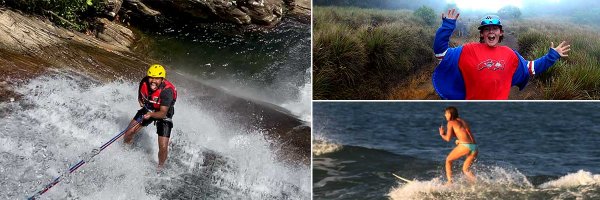
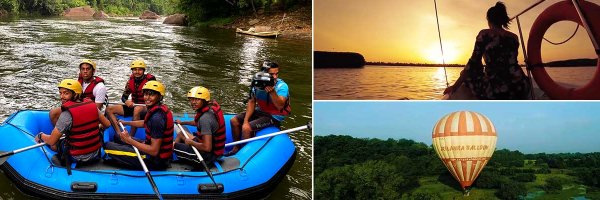




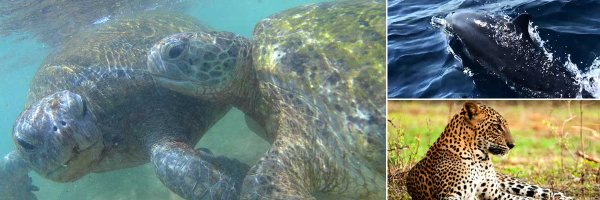

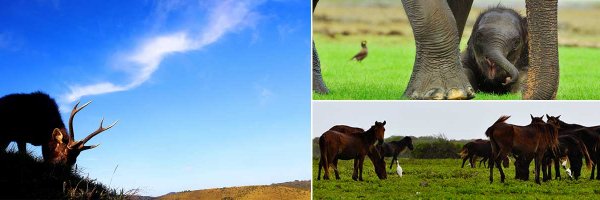
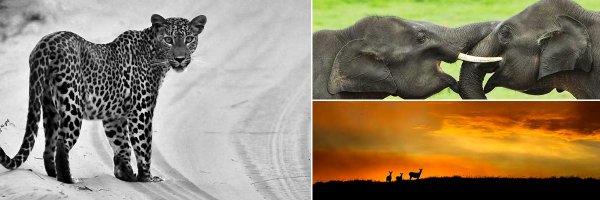

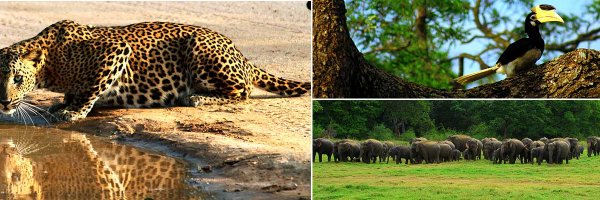
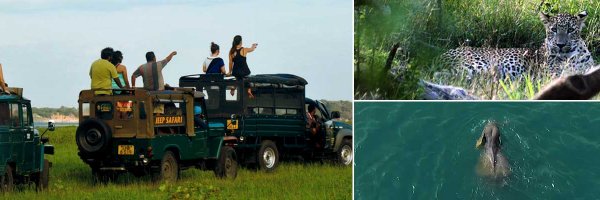
Share this page